Understanding the Keto Diet

1. Introduction to the Keto Diet
The ketogenic, or “keto” diet, thought initially to be an effective treatment for drug-resistant epilepsy in children, takes a very different approach to meal planning. Carbohydrates from cereals and delicious treats are replaced with copious amounts of fat and a good amount of lean meat.
A normal diet uses a combination of carbohydrates and fats to provide the nutrients needed for many bodily functions. Populations not enjoying good nutrition from the start can suffer developmental delays and a lifelong reduction in cognitive function. Wealthier populations have suffered from an excess, not scarcity of nutrients, and pay the price in obesity and illness.
The implications of nutritional composition reach into nearly every aspect of our lives. Now, the ketogenic diet has emerged as a means of manipulating body composition without the need for exercise.
The keto diet is high in fat and low in carbohydrates. When you replace carbohydrates in the diet with fat, the body can burn fat more easily. This process, known as ketosis, aims to accelerate the rate at which we lose weight. With the keto diet, we reduce the carbohydrates in our diet so much that our body has to break down other sources of high-energy molecules, triglycerides, and large polysaccharides, to obtain the energy it needs.
2. Principles of the Keto Diet
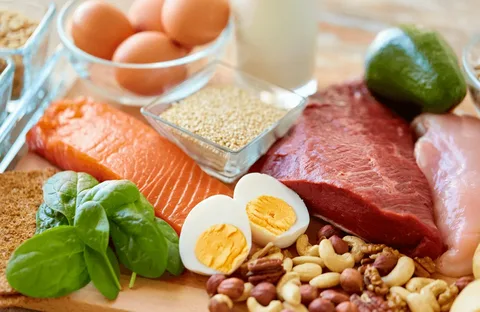
Some popular principles of the keto diet include reducing carbohydrate intake, increasing healthy fat consumption, and consuming moderate amounts of protein. Reducing carb intake helps to activate ketosis, a natural metabolic state. The aim of the keto diet is to put, and later keep, your body in a metabolic state called “ketosis.”
Typically, the body uses glucose, which is derived from carbohydrates, as the body’s main source of energy. Over time, by reducing carbohydrate intake, the body is forced to get energy from other sources. The body will then turn to using the energy stored in fat, such as triglycerides, which is broken down into molecules called ketones in the process of fat burning.
The only way to force the body to burn fat is to reduce carbohydrate intake. Once the body is not producing or consuming enough glucose, ketosis is activated. Keep in mind that ketosis is a normal and beneficial process of metabolism. Like mentioned, during this process, the body gets its energy from fat stores. Research suggests that those in a ketogenic state may experience numerous benefits, such as improved heart health, skin, weight loss, and a decrease in negative symptoms, including fatigue and sleep problems, among other things.
2.1. Ketosis and its Role
We are accustomed to consider energy in terms of sugars or proteins. If we would use the common way to provide our energy, we should have to eat at least 500 grams of carbohydrates every day. Roughly speaking, around 2000 calories. When we speak about a keto diet, we should understand that we are trying to emulate the situation of a fast by producing ketosis in our bodies.
When we eat few carbohydrates, our body has to get the energy in another way, and that other way is called ketosis. We would take fat, and we would produce from it what so-called ketone bodies. Bodies able in order to produce the same chemical substance are the liver, and that is why some amino acids are called ketogenic.
The more important ketone body is called beta-hydroxybutyrate, and it is produced after a cascade of reactions from the fat stored in our bodies and taking part in it a great quantity of energy, especially in the first days of diet. The production of that body is relatively difficult, especially if the liver isn’t particularly trained to produce it.
After production, it is taken by all the tissues and used as an energy source instead of glucose or other substrates. Few tissues won’t have the necessary enzyme. These tissues are conditioned by other substrates but are not vital. The two most important tissues that are not capable of using beta-hydroxybutyrate are the red blood cells and the liver.
The energy consumption of the cells choosing the keto way of producing their necessary energy is always at a maximum of efficiency because of the great quantity of energy stored in the beta-hydroxybutyrate molecules.
2.2. Macronutrient Ratios
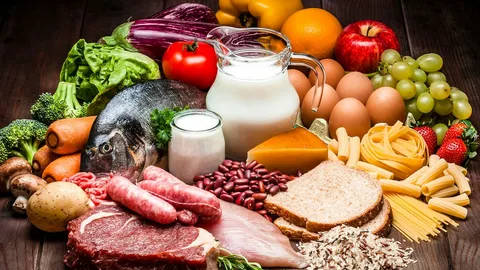
The keto diet requires a precise balance of both macronutrients and micronutrients in order to be successful. Ratios will vary from person to person, but the general strategic outline for daily intake is approximately 70% fats, 25% protein, and 5% carbohydrates. This may not seem as daunting as it does at first, but consider the average ratio of fats to carbs on a fast-food menu.
This will likely initiate some adulting people never thought they would have to, but the potential payoffs in terms of feeling and performing much better day-to-day cannot be overemphasized. Combined with convincing the body to shed body fat faster, just as a cat will barely taste a can of wet food if they like it, a cat will not go overboard on strict keto after their body has learned it loves all these nutritionally wonderful and ultra-tasty fatty meats.
It encourages the replacement of high-calorie, nutritionally-light foods high in carbohydrates with foods packed with vitamins and minerals that contain moderate levels of carbohydrates.
3. Health Benefits of the Keto Diet
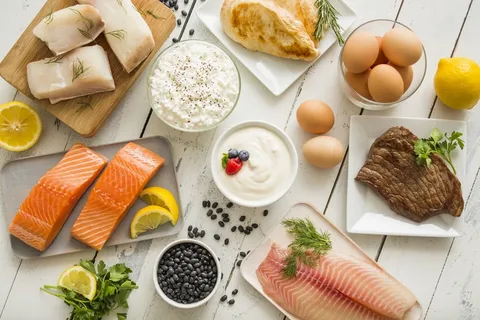
When you eat carbohydrates, your body stores the extra as glycogen in the liver, where they are bonded to water molecules. Eating low carbs depletes this glycogen, which allows you to burn more fat and more calories. At first, the belief is this is related to the reduction of calories and subsequently weight loss. However, carbs also hold onto significant amounts of water, which once absent contributes to the excess liquid loss, helping to positively impact weight.
With the recent popularity of the keto diet along with the multitude of health benefits it offers, it is a fact that it remains the top choice for many who are closely watching their weight on the scale. The keto diet has proven to be more effective than the standard low-fat diet. But there are also other several scientifically-proven health benefits which explain why many adults are opting for the keto diet.
Health benefits include:
1) Weight loss A ketogenic diet primarily relies on healthy fats; however, in order to curb hunger pains, you need to take about 25–62% protein and very minimal carbs (for the most part, 5–10% of the total calories). Upon the depletion of glycogen from carbohydrate intake, the body would then start burning stored fat for energy.
This results in the release of potent molecules called ketones that are used to fuel the body and brain in the absence of blood sugar from carbs. Since the keto diet had helped stabilize the level of blood sugar, the need to eat is reduced.
2) Reduced risks of heart diseases Research has shown that following a keto diet can help prevent the development of the so-called atherogenic dyslipidemia. Researchers have found that the keto diet minimized the LDL cholesterol and its associated inflammatory response, as well as increased the amount of HDL cholesterol in rats. The findings are a good thing in demonstrating the health benefits associated with the keto diet.
4. Potential Risks and Side Effects
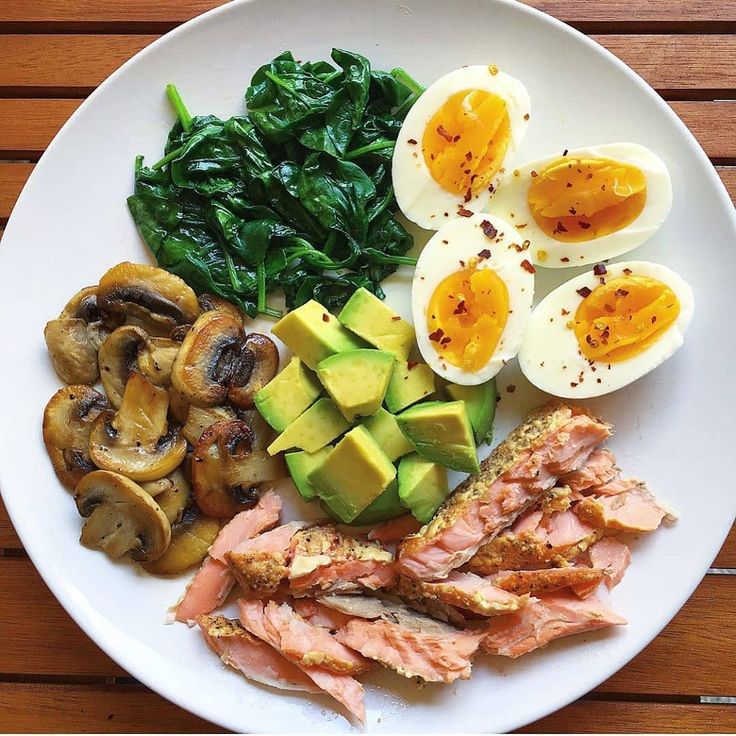
The keto diet does have its downfalls. Although it can help decrease body fat, there are studies suggesting keto can result in muscle loss. It is believed that muscle mass is lost while on a keto diet because the body is using protein and converting it by way of gluconeogenesis into glucose for fuel. Gluconeogenesis is a metabolic pathway that results in the generation of glucose from non-carbohydrate carbon substrates. Muscle loss is not the only concern while doing a keto diet.
My colleague Nora Minno, MS, RDN, CDN, says since your body is using ketones for energy instead of the carbs it usually uses, it can cause mental fogginess, fatigue, bad breath, constipation, and nutrient deficiencies including calcium, vitamins D and K, potassium, and magnesium.
Are There Any Long Term Consequences? According to Maxine Smith, “There’s not a lot of quality scientific health outcome data available on a long-term or chronic ketogenic diet because it’s hard to get people to follow the diet for many years and to finance such a long, tedious study.”
While this was how I felt in previous months before writing this, my skepticism was calmed when Maxine added, “There isn’t much data on whether or not a chronic ketogenic diet is inherently dangerous.” In one study that was done, people following a ketogenic diet over the long term had an increase in bad cholesterol.
That said, a short-term high fat diet might not harm people who are healthy overall. In 2004, a study was conducted by people at the Philadelphia Department of Veteran Affairs Medical Center, which is not far from where I work in Philadelphia. The study saw that obese patients assisted by researchers at the Philadelphia Veterans Medical Center for 24 weeks were put on a low- or keto-diet. The groups also received nutrition education and counseling.
The groups on the low-carb diet program had greater decreases in weight, body mass index, blood sugar, and A1c than the low-fat program. High-density lipoprotein (HDL) cholesterol also increased with the ketogenic diet. Perhaps this is not all that bad. However, people who were in the keto group also had to take vitamin supplements. High-fat foods can increase the risk of constipation, while vitamins aim to do the opposite.
Also Read: 19-Day Keto Diet Meal Plan
5. Implementing the Keto Diet in Practice
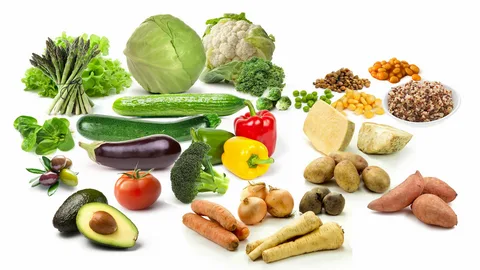
Implementing the keto diet involves much more than replacing pasta and bread with low-carb alternatives. A successful keto plan also needs to support the right balance of macronutrients. To help with this, keto-friendly food plans and recipe books can be found across the table at local bookstores, and many more recipes and meal plans can be found online.
One of the best parts of a ketogenic diet is variety, and all kinds of flavorful and creative meal options are available, such as bacon-loaded cauliflower-almond soup and lamb curry. Some people like to plan their food a week in advance, which is another way of staying within these carbohydrate limits. Meal planning and meal prep make eating keto on a busy weeknight that much easier.
Even with careful planning, the most enthusiastic followers of any diet need a break from the kitchen from time to time. Thankfully, restaurant and delivery services are increasingly becoming aware of the keto perspective.
There are also keto-friendly processed foods out there that can make life much easier. These include fat bombs—low-carb nibbles of energy that are a mix of healthy fats and cream cheese—and keto-friendly flours and baking mixes that make pancakes, cookies, breads, and meal wraps possible. Many low-carb products, while high in carbohydrates and low in fiber and other useful nutrients, are also marketed as keto and sold on the Internet and in stores.
These foods tend to include little nutritional value, and while they may also be low in carbohydrates, they should be limited in a healthy keto diet. In fact, one of the goals of a nutritious ketogenic diet is to include as much whole food in the diet as possible. In other words, the best keto plan involves healthy fats, lean proteins, fibrous vegetables, and restricted processed foods, no matter what the macronutrient balance looks like.